Preserving the Memory of Livestock Markets in Tewkesbury
to Expand
to Expand
Tewkesbury’s market is even older than Cheltenham's and receives a mention in the Domesday Book.[1] Although markets have been a central feature of Tewkesbury’s historical development, it is likely that established livestock markets arrived after the development of the railways.
The only maps available before 1840 – the Enclosure Map of 1808 and Croome's Map of 1825 do not reveal its presence but by 1857 the Tewkesbury Weekly Record was reporting “the supply of stock was unusually good”.[2] It is present on the next (O.S.) map of 1883.
It was the Tewkesbury Board of Health which pioneered moves to have a built market in an attempt to improve public health after the two cholera epidemics which caused the board to be established. In 1859 it purchased the Sun Inn to make a market place for cattle and sheep and pulled part of it down; it ran alongside both sides of the newly built Sun Street. (Now demolished, it is replaced by the Nutrition Centre and Woody’s.)[3]
The market was then owned by Philip Thomas, an auctioneer and J.P. who died in 1871. Between 1871 and 1881 Waldron’s Alley led to the Oldbury but, according to John Rogers, “since the cattle market has been enlarged the thoroughfare has been stopped”.[4]
By Thomas’ death, he had opened a second market on the north side of Station Street (the south accommodating the Tewkesbury Branch of the Midland Railway). His son Francis, who became Mayor in 1873, struggled and, in 1885 the year of his premature death, the Town Council was expressing “concern re Mr Thomas' Cattle Yard was dirty; [he] claimed that since inspection, it had been paved”.[5] By the end of the year, there was the announcement: “Sale of Auctioneers: Philip Thomas & Sons to George Hone of Stoke Orchard”.[6] By 1901 the former farmer of 1,000 acres had opened a new cattle market in Oldbury Road (now Hone’s Court).
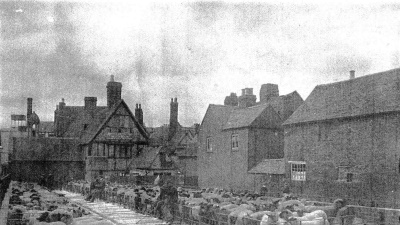
Pre-1914 Sun Street Sheep Market behind left the Market Shops & The Happy Return
(Anita Redman)
| Ref: | Place | Type | owner | Occ. | Size (sq. y.) | rent | GRV | details |
| 319 | 1. Sun St | sheep | TTC | Hone | 434 | £25 | £450 | ground with 76 pens of iron, bricked yards |
| 320 | 1. Sun St | sheep | TTC | Moore | 342 | £25 | £450 | ground with 59 pens of iron, bricked yards. |
| 1297 | 2. Station St. | cattle | Moore | Moore | 2420 | £30 | £1350 | partly paved yard with iron sheep and cattle pens. brick built office and rostrum. |
| 1229 | 3. Oldbury Rd | cattle | Hone | Hone | 1633 | £25 | £400 | wood and corrugated iron store. 1 long open slated cow-shed. sale ring. brick and slate office. brick paving ex-cept centre. fittings fair. con-dition: good but not substan-tial. |
Market Shop (D. Willavoys)Click Image
to Expand
By far the biggest and most valuable was the [2.] Station Street Market owned by the Moore family: the survey revealed the presence of the “brick built office and rostrum”.
One fascinating development, demonstrating the importance of the market to the area, was that of the Market Shops. The Town Council acted as developer by building in 1872 some neo-Gothic lock-up shops for small traders, such as tailor Freddy Preston, along the North side of Sun Street.
The Sun Street Market, however, was evidently ailing by the 20th century, since Peter Preston reported being told that “in World War I a threshing machine had been stored on waste land behind Car Mart and when moved it disturbed hordes of rats, which were despatched by worried neighbours with brooms and any suitable weapon”.[8]
c1960 (Butwell)Click Image
to Expand
George Hone, had taken over Thomas’ Cattle Market in Oldbury Road by the time the 1883 O.S. Map had been published. By 1914 he had become Mayor, JP, County Councillor: a “well known and popular auctioneer”
Hone increased the stakes in 1927 by snapping up land vacated by the collapse of Thomas Walker and Sons in Spring Gardens where he built a modern, integrated cattle market, opened with great fanfare by the Conservative M.P., Sir Thomas Davies.
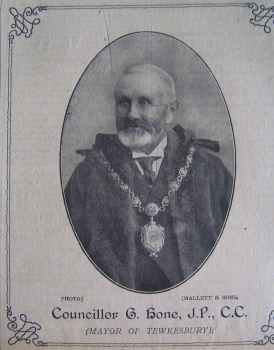 |
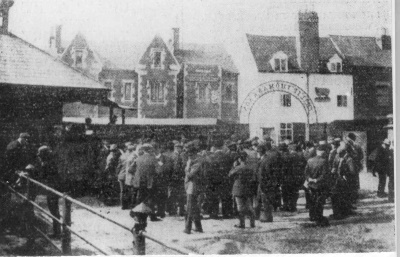 |
| The Mayor, Cllr. George Hone J.P., C.C. in 1914 (Tewkesbury Register) |
Hone’s Market, Oldbury Road, with the Welsh Houses. John Rogers claims to have made the sign for Philip Thomas (Angus Hone) |
Both pubs closed by 1965[14] and the last of Tewkesbury’s livestock markets followed in 1967.
The Cascades Swimming pool, with money partly raised by the citizens of Tewkesbury, rose like the phoenix from the market’s ashes. The rest of the site was converted into Spring Gardens car park on which Tewkesbury’s twice weekly market is still held on Wednesdays and Saturdays - however, with no live meat for sale.
to Expand
Hone’s Market transformed by 1973 into Cascades & Spring Gardens Car Park
(with Moore’s Station Street Market transformed into Warner’s Garage (left)
(Tewkesbury Borough Council)
to Expand
Warner’s Garage with Market House before 1987 (Library-Museum Archive)
References
- John Southgate: Tewkesbury News, 200.
- The Tewkesbury Weekly Record was a Liberal supporting newspaper which closed in 1921. It was the rival of the Tewkesbury Register [T.R.], the predecessor of the Gloucestershire Echo.
- J. Dixon and T. Clempson, Doddo Defiled (T.H.S. Publication no. 2, 2003) p6.
- John Rogers, A Short History of the Alleys (Collections, 2003) no. 11. Happily, it is once again available from the Town Museum.
- T.R. 11/07/1885 1/5.
- T.R. 14/11/1885 p1/2.
- IR58/33082 Particulars and Notes for survey made between 1909-13. See T.H.S. Woodard Database in the Library.
- Interview by the author with descendant, Mr. Peter Preston , on Wednesday, 10 September 2003.
- T.R., 24/03/1923 p3/1.
- C. Burd, Around Tewkesbury (Tempus 2001) p57: re-opening of cattle market after foot and mouth on 16 April 1924.
- T.R. 20/07/1940 p4/6.
- Minutes of the Town Council May 1946 (£1,100 estimate was accepted. Later, in Dec. the cost increased to £1,480; the shelter was to be demolished for £65)
- There is debate about whether this pertains to an animal pound. Reg Ross, with kind permission.
- B. Linnell: Tewkesbury Pubs 1996 Edition: p37. The Barrel Inn: record of 4 licensees in 1907; green and gold model cask removed in 1965, when it closed following closure of market. Licence was given to Canterbury; p71 Shakespeare's Inn (“or The '33’”) was a “middle class ‘market’ pub” until 1910 with longer opening hours; it closed in 1964 and was demolished in 1971 with the Barrel to make way for a supermarket [in 2008 Somerfields].
- T.R. 30/03/1929 2/2.
- Interviewed and transcribed by John Dixon and corrected by Dennis Vickeridge. Coffins would have been stored, and in earlier times, made in their workshop in Oldbury Road next to Halfords. The premises are still used for storage and as a workshop in connection with their building activities.
- Minutes Of The Town Council May: 1949 (a) GRO: TBR-A1/13 John Dixon (22/09/2006).
- Email from John Horsey, Parking Manager for Tewkesbury Borough Council.


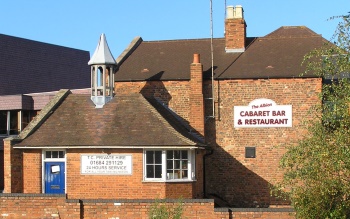
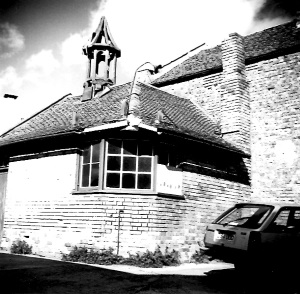
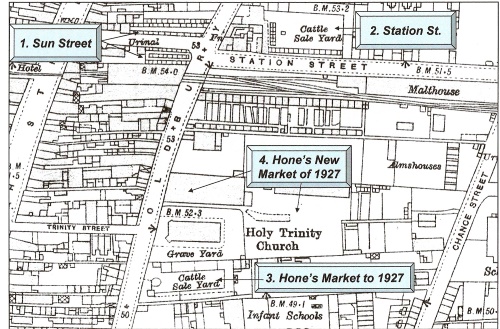
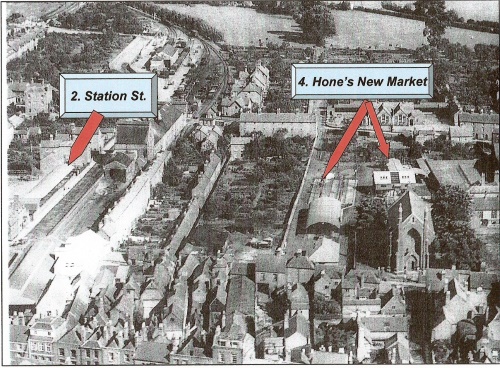
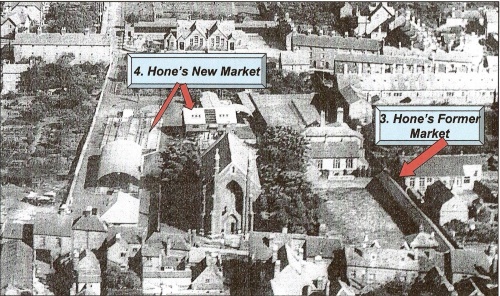
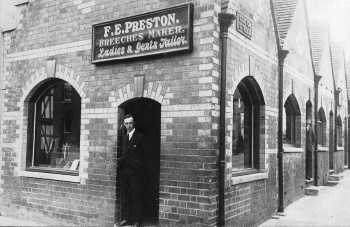
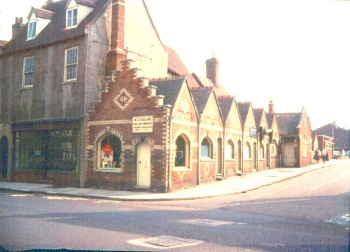
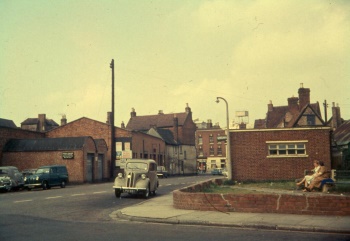
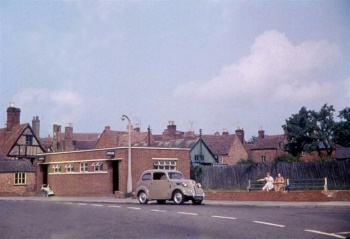
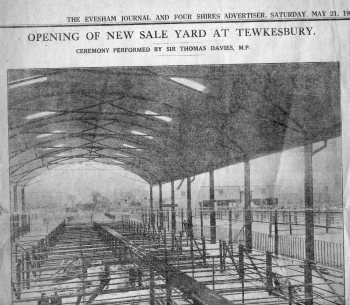
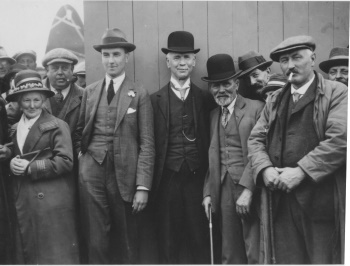
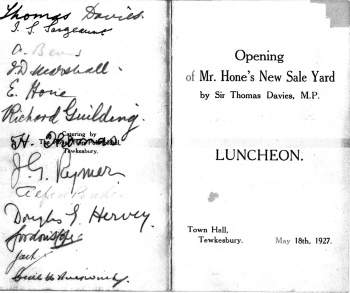
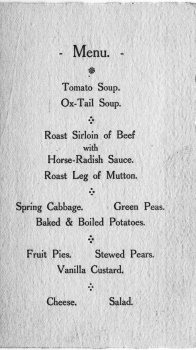
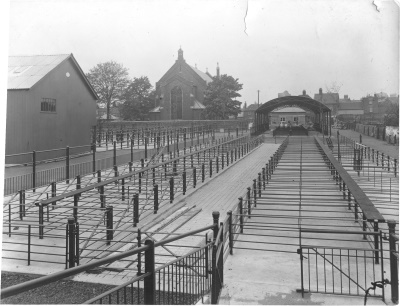
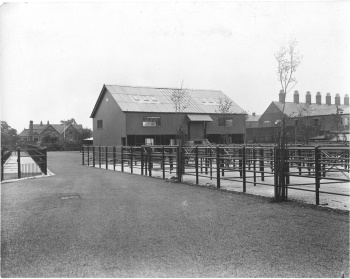
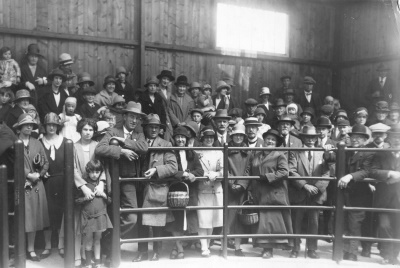
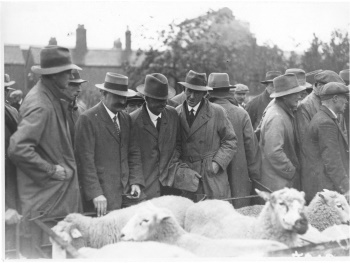
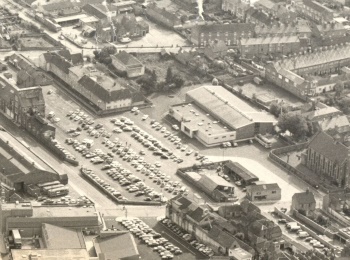
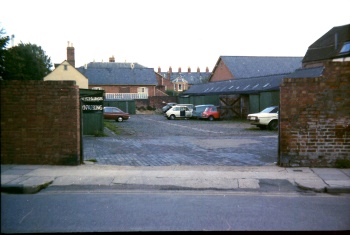
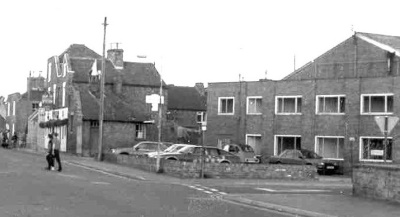
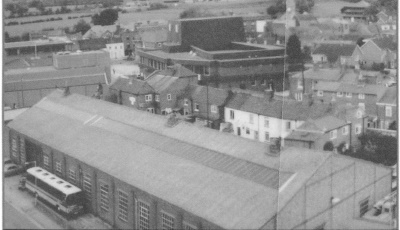
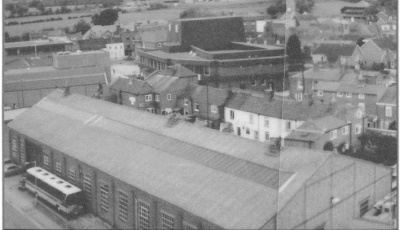
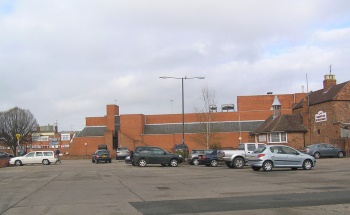
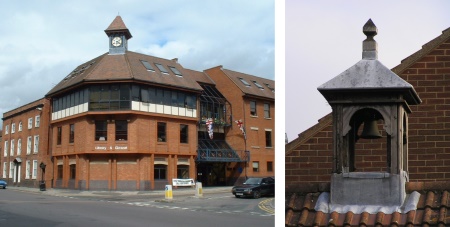
Comments